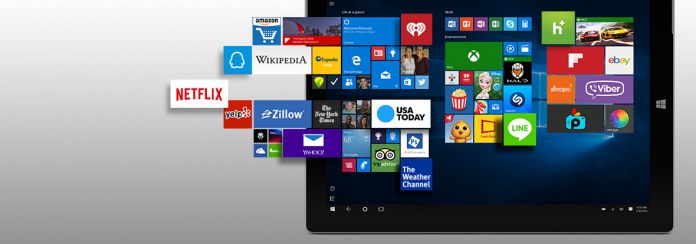In other words, Microsoft is struggling to make Windows 10 as instantly accessible as a smartphone. However, app availability is not necessarily the problem, but the way in which users consume apps is. For example, users want an easily downloadable experience that is quickly available. In that sense, the app gap is real and concerning. For example, hugely popular apps like Snapchat are not available on Windows 10, while there is no meaningful Instagram experience. They are just two examples that represent the tip of the iceberg. However, there is a reverse app gap where Windows provides access to apps and services smartphone simply cannot. Microsoft has quietly revealed how many applications are available on Windows 10 to emphasize the point. In a blog post, Michael Fortin, Corporate Vice President of Windows, revealed how many unique services are available on the platform. “With Windows 10 alone we work to deliver quality to over 700 million monthly active Windows 10 devices, over 35 million application titles with greater than 175 million application versions, and 16 million unique hardware/driver combinations.”
Reverse Gap
So, the reverse app gap is real, and it is one big gap. Indeed, Android’s Google Play Store boasts 2.1 million apps, while the iOS App Store has 2.1 million apps. So, Windows’ 35 million apps is vastly more. Again, the problem for Microsoft is how users consume applications. Many of those apps are not mobile favorites. The company has increasingly tried to bring more apps to the Microsoft Store. Fans of Windows 10 may argue what the obsession with an app store is, but Microsoft wants to entice more users. There is also the benefit of having a robust store if the company ever returns to mobile hardware.




